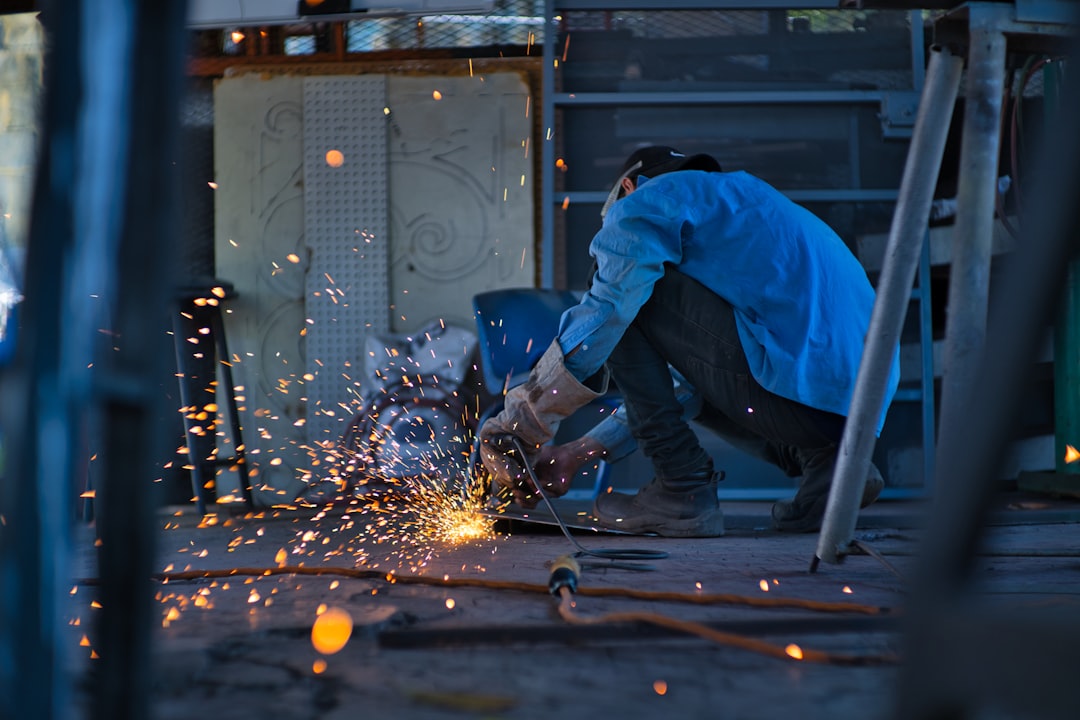Virtual and augmented reality technologies have become crucial tools in the manufacturing industry, revolutionizing how companies design, plan, and produce their products. From enhancing productivity to improving safety, these immersive technologies are changing the way manufacturers operate, making processes more efficient, cost-effective, and intelligent.
Virtual reality (VR) technology creates a completely immersive digital environment that simulates a real-world experience. Users wear a VR headset that transports them into a 3D world that can be manipulated and interacted with in real-time. This technology has become increasingly popular in the manufacturing industry for a variety of applications, including product design, training, and remote collaboration.
One of the key benefits of VR in manufacturing is its ability to streamline the product design process. Engineers and designers can create digital prototypes of their products and test them in a virtual environment before investing in physical prototypes. This not only speeds up the design process but also allows for more iterations and experimentation, resulting in more innovative and sustainable products.
VR is also being used for training purposes in manufacturing facilities. By creating virtual simulations of complex manufacturing processes, employees can practice their skills and learn new techniques in a safe and controlled environment. This reduces the risk of accidents and injuries, while also improving the overall efficiency and quality of production.
Another emerging application of VR in manufacturing is remote collaboration. With the rise of remote work and distributed teams, manufacturers are looking for ways to bring employees together virtually to collaborate on projects and solve problems. VR technology allows teams to meet in a virtual space, where they can work on designs, prototypes, and other tasks in real-time, regardless of their physical location.
Augmented reality (AR) technology, on the other hand, overlays digital information onto the real-world environment, creating a mixed-reality experience. AR is being used in manufacturing for a range of applications, including assembly, maintenance, and quality control.
One of the key benefits of AR in manufacturing is its ability to improve accuracy and efficiency in assembly processes. By using AR-enabled devices, such as smart glasses or tablets, workers can access real-time instructions, guides, and visualizations as they assemble products. This helps reduce errors and rework, while also speeding up the assembly process.
AR is also being used for maintenance and repair tasks in manufacturing facilities. By overlaying digital information onto equipment and machinery, technicians can quickly identify issues, access manuals, and receive step-by-step instructions for repairs. This reduces downtime and increases the overall efficiency of maintenance operations.
Quality control is another area where AR technology is making a significant impact in manufacturing. By using AR-enabled devices to inspect products and components, workers can identify defects, anomalies, and inconsistencies in real-time. This allows for faster decision-making and corrective action, leading to improved product quality and customer satisfaction.
Overall, virtual and augmented reality technologies are transforming the manufacturing industry by providing new ways to design, plan, and produce products. Through immersive experiences, manufacturers can improve productivity, enhance safety, and reduce costs, while also driving innovation and competitiveness in the market.
As these technologies continue to evolve and become more accessible, we can expect to see even greater advancements in manufacturing processes and operations. From virtual simulations to augmented overlays, the future of manufacturing is being shaped by the power of virtual and augmented reality.


